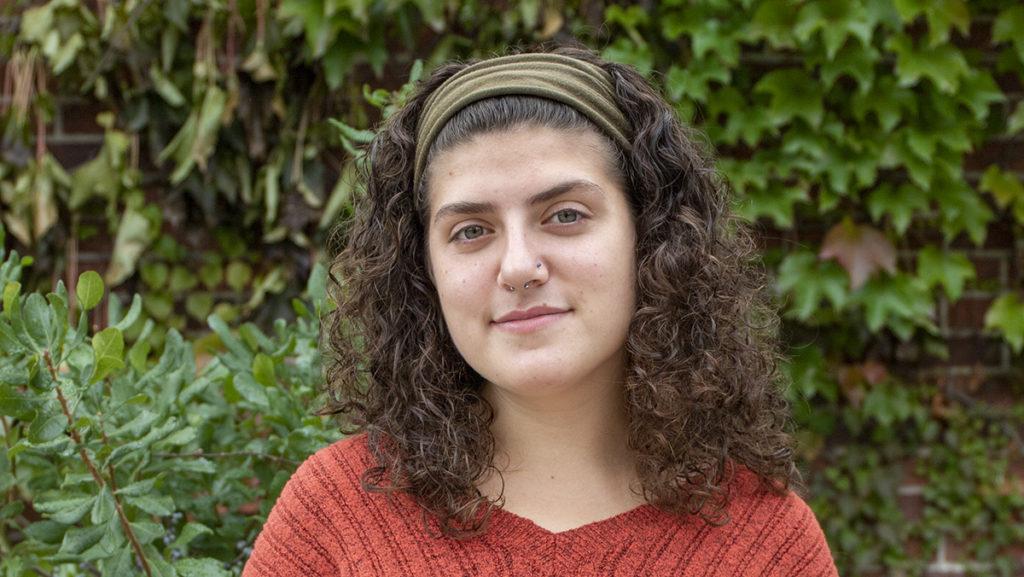With an NFL lockout looming in March, and the players association and owners seemingly light-years away from a deal, one of the more pressing issues facing the sport again took the front page of many sports sections this past Friday. Former Chicago Bears defensive back Dave Duerson, a force in the NFL players union for many years, committed suicide on Thursday shooting himself in the chest. He was only 50 years old.
Before shooting himself, Duerson sent several text messages to family members and friends requesting that his brain tissue be examined for damage often found in other retired players. Duerson was concerned that repeated hits to the head over his playing career had caused chronic traumatic encephalopathy, a degenerative brain disease linked to depression, dementia, and in some cases suicide.
The Duerson family is in touch with representatives of Boston University’s Center for the Study of Traumatic Encephalopathy. Thirteen of the fourteen former NFL players who have been examined for the disease by researchers at BU have been found to have it.
To think that for years the NFL and its union tried to deny the effect that repeated blows to the head had on players’ brains is becoming increasingly preposterous with every passing day. Yes the league took a strict stance on blows to the head this season after many players were injured in violent head-to-head collisions, but it appears to be too little too late. Just last year Owen Thomas, an offensive lineman and captain of the University of Pennsylvania football team who had no history of depression, hanged himself. Thomas, who was just 21 years old when he committed suicide was found to have C.T.E. by researchers at Boston University.
There is no question that football is a dangerous game no matter what level it is played at, and that is not going to change any time soon. Instead of trying to extend the NFL season to an astronomically high eighteen games and subject players to even more possible harm, the league should look into advancing helmet technology so players are not as susceptible to long-term brain damage. Until that happens, I wouldn’t blame the players one bit for refusing to play as the evidence increases to build in their favor. It’s time for the league to acknowledge their past mistakes and make sure future generations of retired players are not subjected to the pain and suffering those before them are certainly feeling now.
You can read a New York Times article on Duerson here, and for an interesting piece by Malcom Gladwell in which he compares football to dog fighting, click here.






